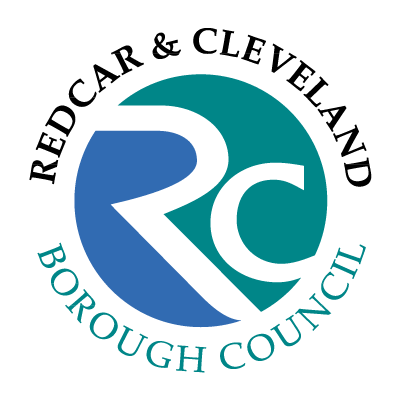




Through the ages
Our Town Hall has stood for 200 years overlooking this ancient township. It is now restored to its former glory.This historic building has a long and fascinating history. It has been through demolition, dereliction, repairs and restoration.
In 1984 it became a Grade II listed building. Meaning it is protected because of its historical importance.
The Doomsday book of 1086 mentions the town ofGuisborough. The area has been home to many different peoples throughout its history.Guisborough and its surrounding farmland were rich and productive in the early medieval period.
Then, in 1069 William the Conqueror attempted to gain control of Northern England. He ordered his troops to kill animals and destroy food stocks.
